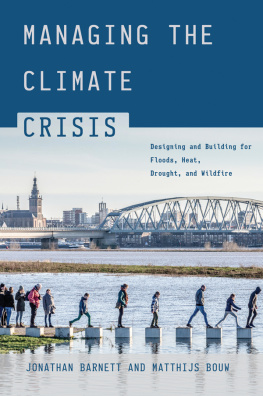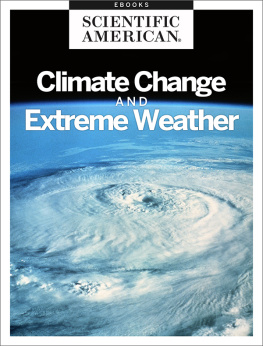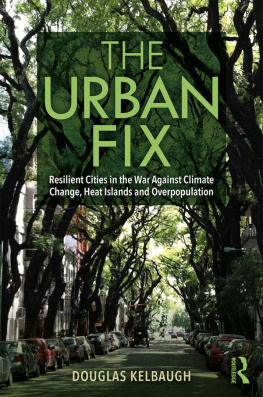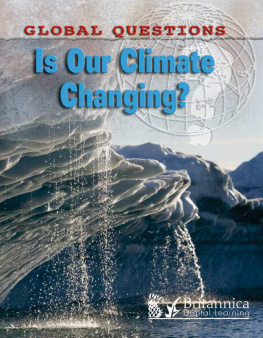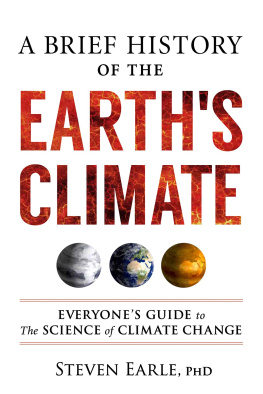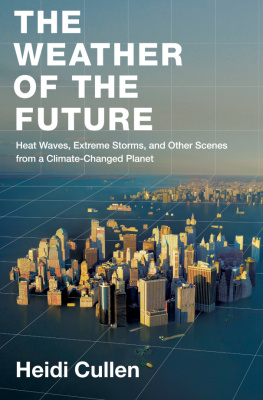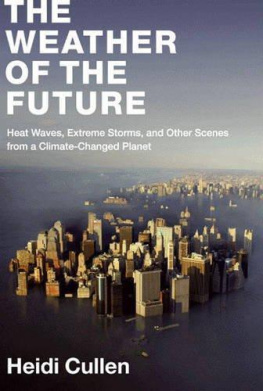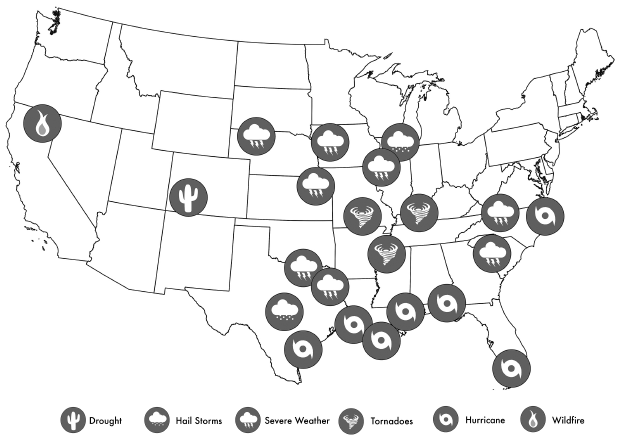Jonathan Barnett - Managing the Climate Crisis: Designing and Building for Floods, Heat, Drought, and Wildfire
Here you can read online Jonathan Barnett - Managing the Climate Crisis: Designing and Building for Floods, Heat, Drought, and Wildfire full text of the book (entire story) in english for free. Download pdf and epub, get meaning, cover and reviews about this ebook. year: 2022, publisher: Island Press, genre: Politics. Description of the work, (preface) as well as reviews are available. Best literature library LitArk.com created for fans of good reading and offers a wide selection of genres:
Romance novel
Science fiction
Adventure
Detective
Science
History
Home and family
Prose
Art
Politics
Computer
Non-fiction
Religion
Business
Children
Humor
Choose a favorite category and find really read worthwhile books. Enjoy immersion in the world of imagination, feel the emotions of the characters or learn something new for yourself, make an fascinating discovery.
- Book:Managing the Climate Crisis: Designing and Building for Floods, Heat, Drought, and Wildfire
- Author:
- Publisher:Island Press
- Genre:
- Year:2022
- Rating:3 / 5
- Favourites:Add to favourites
- Your mark:
Managing the Climate Crisis: Designing and Building for Floods, Heat, Drought, and Wildfire: summary, description and annotation
We offer to read an annotation, description, summary or preface (depends on what the author of the book "Managing the Climate Crisis: Designing and Building for Floods, Heat, Drought, and Wildfire" wrote himself). If you haven't found the necessary information about the book — write in the comments, we will try to find it.
The climate, which had been relatively stable for centuries, is well into a new and dangerous phase. In 2020 there were 22 weather and climate disasters in the United States, which resulted in 262 deaths. Each disaster cost more than a billion dollars to repair. This dangerous trend is continuing with unprecedented heat waves, extended drought, extraordinary wildfire seasons, torrential downpours, and increased coastal and river flooding. Reducing the causes of the changing climate is the urgent global priority, but the country will be living with worsening climate disasters at least until midcentury because of greenhouse emissions already in the atmosphere. How to deal with the changing climate is an urgent national security problem affecting almost everyone.
In Managing the Climate Crisis, design and planning experts Jonathan Barnett and Matthijs Bouw take a practical approach to addressing the inevitable and growing threats from the climate crisis using constructed and nature-based design and engineering and ordinary government programs. They discuss adaptation and preventive measures and illustrate their implementation for seven climate-related threats: flooding along coastlines, river flooding, flash floods from extreme rain events, drought, wildfire, long periods of high heat, and food shortages.
The policies and investments needed to protect lives and property are affordable if they begin now, and are planned and budgeted over the next 30 years. Preventive actions can also be a tremendous opportunity, not only to create jobs, but also to remake cities and landscapes to be better for everyone. Flood defenses can be incorporated into new waterfront parks. The green designs needed to control flash floods can also help shield communities from excessive heat. Combating wildfires can produce healthier forests and generate creative designs for low-ignition landscapes and more fire-resistant buildings. Capturing rainwater can make cities respond to severe weather more naturally, while conserving farmland from erosion and encouraging roof-top greenhouses can safeguard food supplies.
Managing the Climate Crisis is a practical guide to managing the immediate threats from a changing climate while improving the way we live.
Jonathan Barnett: author's other books
Who wrote Managing the Climate Crisis: Designing and Building for Floods, Heat, Drought, and Wildfire? Find out the surname, the name of the author of the book and a list of all author's works by series.

